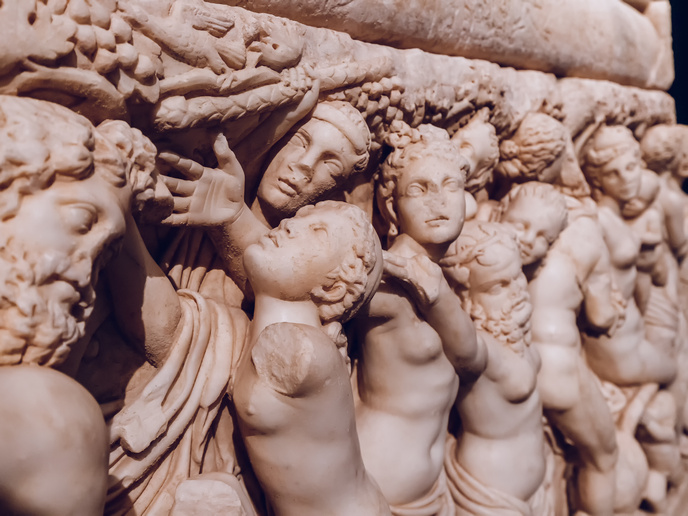The hidden histories in ancient Greek artefacts
The REFRAME(opens in new window) project, supported by the Marie Skłodowska-Curie Actions(opens in new window) programme, investigated the long-lasting impact of Greek tombstones and votive gifts beyond their classical origins. It addressed the overlooked aspects of their history – their reverence, repurposing and relocation over centuries. In recent years, significant efforts have been made to explore Greco-Roman perspectives on, and interest in, ancient artefacts, especially regarding the afterlives of sculpture. However, there was still an absence of comprehensive research on the influence of Greek tombstones and votive reliefs in later eras. The project offered a comprehensive study into these artefacts’ continuous roles and transformations, emphasising the common narrative they shared across time and cultures. By exploring the entire life cycle of these items, from their original use to their presence in museum collections, REFRAME aimed to connect people to a shared heritage and promoted innovative museum practices for engaging with history. Project coordinator Jane Fejfer(opens in new window) and Marie Sklodowska-Curie fellow Gabriella Cirucci explain: “Many of the Greek and Roman artefacts that we encounter in museums today have complex itineraries through time and space. Instead of being buried and forgotten, some went through many transformations, being sometimes moved to different places and becoming part of new assemblages.”
REFRAME: uncovering new perspectives
The initiative had four key objectives – all focused on the historical and geographical reuse of Greek gravestones and religious offerings. It sought to comprehensively understand these practices by conducting a systematic survey that would feed into an online database, and to introduce a new framework for the study of artefact reuse. It also wanted to gain insights into Greek and Roman views on antique artefacts and open avenues for comparative research across different times and cultures. Lastly, it aimed to develop an innovative museum communication strategy that connected ancient and modern interest in historical relics. To achieve this, REFRAME’s approach included documenting artefact physical and geographical transformations, creating a new conceptual framework and conducting field research in museums, libraries and archaeological sites across Copenhagen, Rome and Greece. It also involved applying a case studies research strategy.
Reimagining museums
But REFRAME’s impact extends beyond academic research. It proposed innovative approaches to museum research and communication, ensuring that the public could engage with this history in a meaningful way. Researchers championed accessible, engaging strategies that emphasised the ongoing relevance of artefacts, from their origins to museum displays. The initiative highlighted the idea that history isn’t just for historians, and encouraged people to take an interest in how our past continues to influence our lives today – similar to the University of Fribourg project Locus Ludi. Its innovative approach encouraged museums to narrate stories through artefacts, transforming visits into immersive, educational experiences, making them much more engaging and informative. “In particular, we provided a feasible, sustainable and replicable museum communication strategy that can be easily employed by other European cultural heritage institutions,” adds Cirucci.
Greek and Roman artefacts brought up to date
The results of REFRAME included the establishment of an international scholarly network, and the launch of exhibitions that drew connections between ancient artefacts and today’s cultural landscapes, including an exhibition collaboration with the Thorvaldsen Museum(opens in new window). The project’s findings have the potential to influence research in areas outside Greek and Roman antiquities, as the methodologies could be applied to other historical periods and cultural contexts. Finally, REFRAME’s approach encourages a wider recognition of Europe’s shared past and sets new standards for research and museum practices, emphasising the crucial role of cultural institutions in maintaining collective memory and identity.







